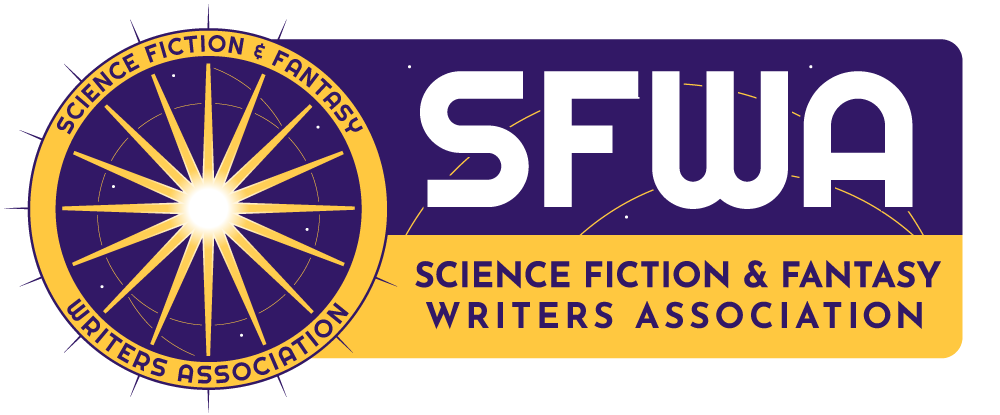Enriching Your Worldbuilding with Economics
Science fiction is often much more concerned about the physical than the organizational reality of a setting (and that’s understandable). But a good fundamental economic story can facilitate plot development and lend realism to a setting. To that end, I hope to share some tips for incorporating economic events into your own writing.
My goal is to move beyond the what and into the why of economic history. Consider the following questions:
- What is the payoff?
- What is the cost, and who is paying it?
- What are the main externalities?
As with many things in economics, the concepts are simple and the implementation is…less so. Let’s consider an introductory example below.
The Gold Rush
The asteroid 16 Psyche holds an estimated USD 100 quintillion in gold. And there are 1.1 to 1.9 million other large asteroids in just the local asteroid belt. If humanity gained access, how might the ensuing scramble be portrayed?
The California Gold Rush (CGR) springs to mind as a comparable event. The temptation might be to lift a few details from the period and call it a day: poor prospectors, boomtowns, maybe a splash of frontier justice. But let’s see if we can’t “mine” this scenario deeper for worldbuilding purposes.
Payoffs: Scale and Usage
When thinking about payoffs, consider scale and usage. In this case, miners find gold or other mineral wealth. But it’s only valuable if someone wants it! This provides our first major complication: Who needs a bajillion tons of gold?
In general, payoffs tend to decline in resource shocks. Either the supply depletes (as in the CGR), or the demand depletes (as in the infinity-gold-mining scenario). But that also gives you an opportunity. This difference of demand can inspire any number of potential solutions:
- Payoffs decline, and the rush is to get there first, while demand exists.
- There is adequate demand but for unexpected minerals. Miners switch to tungsten because of new demand from megaprojects.
- There is limited supply. Asteroid mining is constrained by some third thing, like a rare component for ship engines
- There simply is unconstrained demand for gold. A cult builds on Earth, intent on creating The Sphere™, a golden moon for the mega-wealthy.
In this way, even when we can’t copy history, it can still point us to worldbuilding details that might be more satisfying than “someone buys the gold, don’t think about it.”
Costs: Dynamism and Competition
Costs are often easy to overlook, especially because they tend to evolve in the opposite direction of payoffs. In general, there is a tendency for the cost of incremental production to increase after a shock.
Low cost was a big part of what made the CGR possible. For the initial prospectors, cost was largely confined to travel. While the journey across the California Trail could be arduous, costs were borne completely by the miners.
But these costs did not stay low. As the news spread, more sophisticated prospectors began to arrive. They brought in more expensive technology, even diverting rivers to mine riverbeds. What started as a simple grab for gold evolved into a complex system of claims, violent disputes, company investments, and larger-scale operations. By 1868, railroads had arrived in California, attracted by increasing populations and the availability of natural resources.
Think about our own space mining scenario. We can apply these lessons in any number of ways:
- Who is bearing the costs of mining the asteroids, and why?
- If individuals: How do they bear that cost, and why are they doing it? Is space travel/housing very cheap? Is it a penal colony scenario?
- If corporations and governments: What does that look like? Who is in charge? For example, asteroid mines might work like oil rigs, with only a few people managing large operations.
- How do rising costs and competition cause those entities to evolve and conflict? Is there a “timer” on certain interests before the big boys arrive?
Here the parallels to the real world shine. Historical implementations can be the basis for details that give life to a setting, as well as to potential conflicts or pressures that motivate a narrative.
Externalities: No Action Has One Effect
Externalities are the tangled patterns of cause and effect that spring from singular events, and they can be arbitrarily complex. Thankfully, history can provide some indication of the overall picture. Let us ask a few questions:
Who else is benefiting, and why? Perhaps the most visible changes to California came from a rapidly expanding population that funded boomtowns and cities. Economic stimulus spread as far as Chile and Australia through trade for grain. The transcontinental railroad was financed in part by CGR money and constructed in part to service a growing western populace. The US government itself had a vested interest in the settlement of the West Coast.
Consider how political or economic interests might view the colonization of the asteroid belt:
- What new constructions and economies emerge? Are there new businesses and services? Are certain goods more or less valuable on the frontier?
- How does the Rush benefit people economically? For example, housing might become substantially cheaper on Earth as the steel supply becomes near-infinite.
- What larger interests have an indirect stake in the success of our mines? Do they have a permanent presence? Might there be proxy conflicts to secure those interests?
Who is losing out, and what happens to them? The influx of settlers accelerated the California genocide of Indigenous peoples, with the backing of the US government. Extensive mining operations led to widespread deforestation, mercury contamination, and sediment pollution. These impacts can be long-lasting; hydraulic mine sites are hotspots for bioaccumulated mercury in fish even today.
We might consider some of the negative repercussions of establishing space mines:
- What existing residents might be displaced by larger interests? Researchers? Settlers? Outlaws?
- What potential environmental effects might asteroid mining create? Space travel, for example, might become more dangerous as asteroids are split apart for resources.
- Some earthbound industries would doubtlessly be thrown into chaos. Mines on Earth might be less profitable, for one.
Who isn’t involved, and why? What are the repercussions of that difference from “normal” society? There were no laws or enforcement mechanisms in California following the Mexican-American War. This environment of lawlessness is thought to have shaped the beginnings of San Francisco’s prominent queer history.
- If asteroid mines are a Wild West, why is the government not involved? What informal systems of law emerge? What unique cultures form?
- If asteroid mines are not a Wild West, how does the influence of government entities change the status of miners, create factions, or influence exploration? If the miners are independent entities, how do they stay independent?
In all of these cases, externalities provide a link between individual events and the overall setting.
In Summary
Economic events create a rich and evolving tapestry of competing interests. By picking these out, we can find unique dynamics that can inform realistic worldbuilding. I hope that this article has provided a place to start when reading through economic history and that you can incorporate it into your own settings and narratives.
 A professional economist in his less important life, Albert Zhang otherwise enjoys spending too much time thinking about the minutiae of science fiction and fantasy worlds. His debut novel First Contact was released on October 14, 2024. You can find him consuming potentially unhealthy quantities of coffee and haunting various restaurants around Boston and New York. Find out more about his book as well as worldbuilding blog posts on his website: https://www.albertzhangbooks.com/
A professional economist in his less important life, Albert Zhang otherwise enjoys spending too much time thinking about the minutiae of science fiction and fantasy worlds. His debut novel First Contact was released on October 14, 2024. You can find him consuming potentially unhealthy quantities of coffee and haunting various restaurants around Boston and New York. Find out more about his book as well as worldbuilding blog posts on his website: https://www.albertzhangbooks.com/



